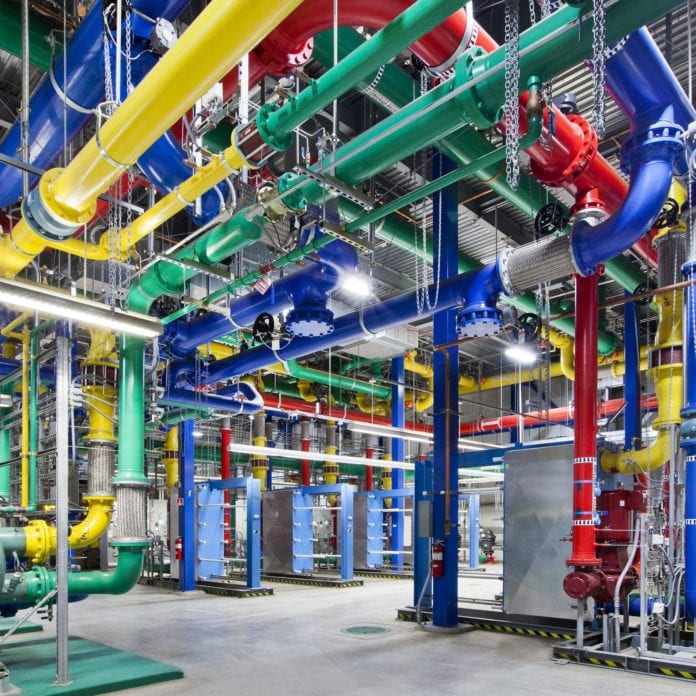Hyperscaler pushes into Patagonia, announces new cloud regions in U.S., Europe, Middle East
Google Cloud this week announced global infrastructure improvement plans. The company plans to activate new in Germany, Israel, Saudi Arabia and United States. The new regions join a new fully-operational Chile region, complementing the first South America region in Brazil.
Google Cloud currently operates 29 cloud regions and 88 zones, according to Sachin Gupta, GM and VP of Product for IaaS.
“So far in 2021, we’ve opened new regions in Warsaw (Poland), Delhi NCR (India), Melbourne (Australia) and Toronto (Canada), bringing the cleanest cloud in the industry closer to more customers across multiple continents,” said Gupta.
Google Cloud has deployed infrastructure resources in multiple locations worldwide. Each location comprises regions and zones. A region is a specific geographical location where Google Cloud customers host resources. Regions have three or more zones. This is useful to Google Cloud customers who want to isolate themselves from potential infrastructure, hardware and software failures. Spreading resources between different regions provides additional failure independence for businesses and entities looking for zero downtime.
Google’s global expansion details
Gupta said that Google’s new Santiago, Chile-based cloud region is operational, joining Google’s first South America cloud region in São Paolo, Brazil.
According to Gupta, Google Cloud will launch a region in Israel near Tel Aviv. That move that will help the company provide public cloud services to government entities, recently . That decision now that the government of Israel .
Germany’s second cloud region will be located in Berlin-Brandenburg, to complement the company’s first region in Frankfurt.
Google revealed plans to build a region in Saudi Arabia in 2020. Gupta announced that the city of Dammam will be the physical location of the new region.
The United States will see three new cloud regions added over the next year, said Gupta.
“Over the next year, we will add cloud regions in Columbus, Ohio and Dallas, Texas, providing customers operating in North America with the capacity they need to run mission-critical services at the lowest possible latency,” said Gupta.
’The greenest cloud in the industry’
Gupta emphasized Google Cloud’s green credentials, claiming the “cleanest cloud in the industry.”
“Google was the first organization of its size to become carbon neutral in 2007, and we were the first major company to match 100% of our electricity consumption with renewable energy starting in 2017 and every year since then. As we now work toward achieving carbon-free energy 24/7 by 2030, we’re proud to support our customers with cloud infrastructure and tools to reduce their environmental impact.” said Gupta.
In October, Google Cloud announced new sustainability initiatives including new tools to help customers mitigate environment impact, green improvements to the Google Earth engine and a new green data partnership initiatives.
Gupta also took a moment to underscore Google Cloud’s commitment to human rights.
“Whenever we expand operations in a new country, we undertake thorough human-rights due diligence. This often includes external human-rights assessments, which identify risks that we review carefully and decide how to address. We maintain a clear position on requests from governments for access to data. We also recently announced the Trusted Cloud Principles initiative, led by Google, Amazon, Microsoft and other technology companies, to protect the rights of customers as they move to the cloud,” said Gupta.

